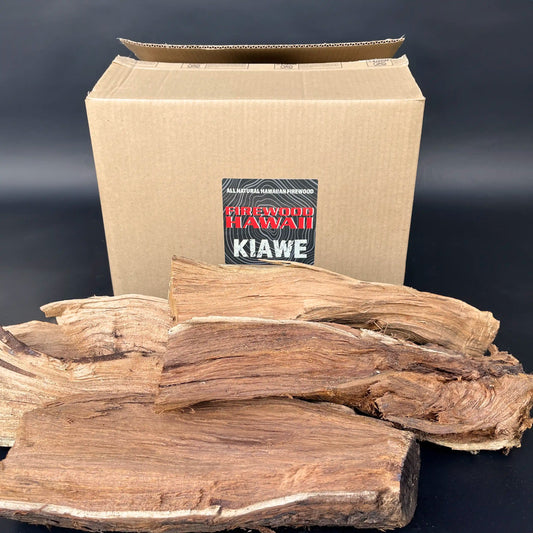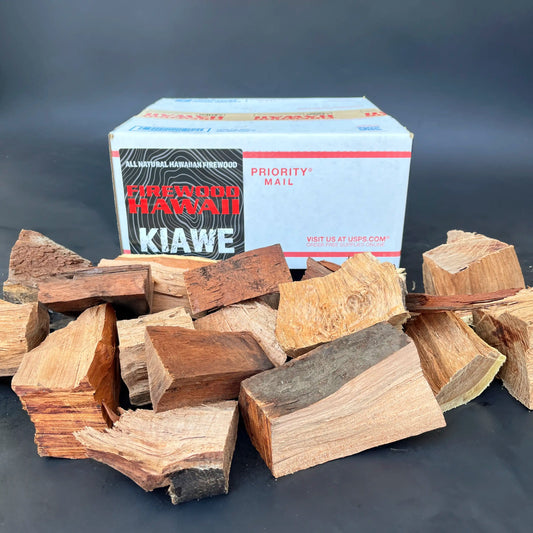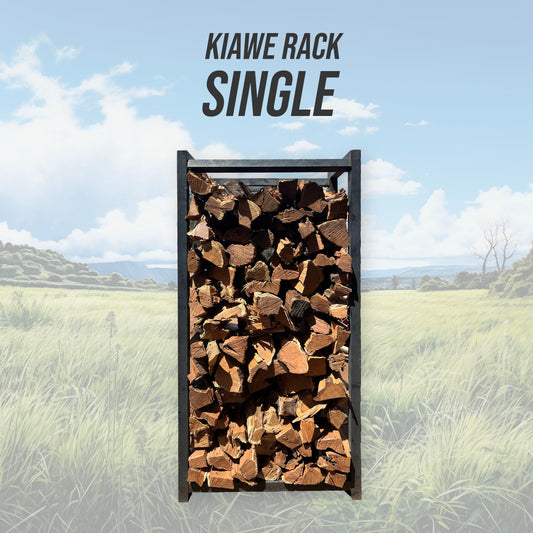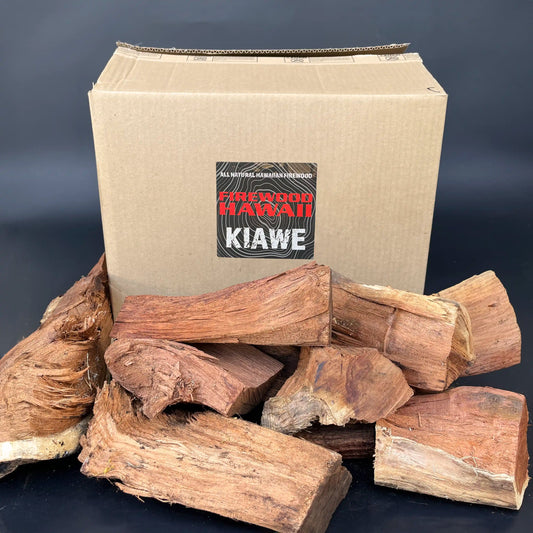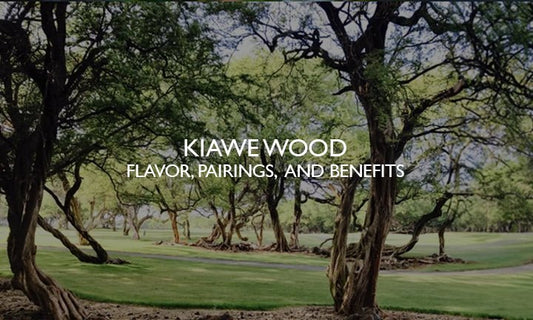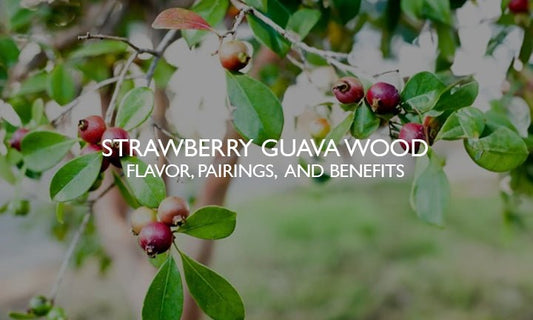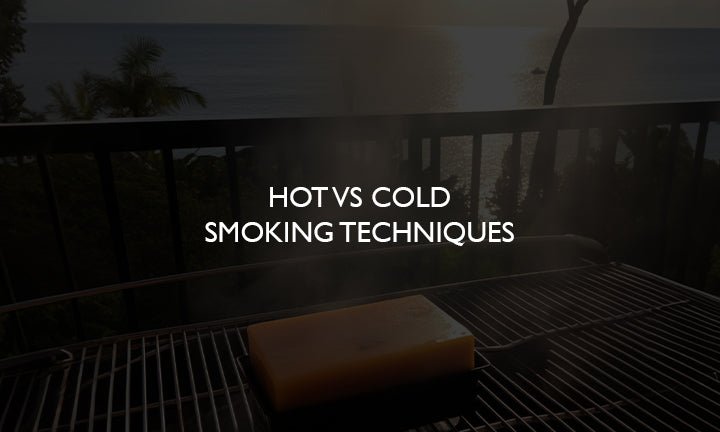
Cold Smoking vs. Hot Smoking with Kiawe Wood
Share
When it comes to smoking foods, two popular techniques are cold smoking and hot smoking.
Both methods offer unique flavors and textures, and kiawe wood can enhance the experience.
Cold Smoking with Kiawe Wood
Cold smoking is a technique that infuses a smoky flavor into foods without cooking them.
It involves exposing ingredients to smoke at temperatures below 90°F (32°C) for an extended period. Cold smoking is ideal for delicate ingredients such as cheese, fish, or certain cured meats.
Setting Up a Cold Smoke Generator
To cold smoke with kiawe wood, you'll need a cold smoke generator.
This device allows you to produce smoke without generating heat.
Fill the cold smoke generator with kiawe wood pellets or wood chips and light them.
Once the wood starts smoldering, place the generator in a separate chamber or box connected to your smoking chamber.
Preparing Ingredients for Cold Smoking
Before cold smoking, prepare the ingredients accordingly.
For cheese, ensure it's firm and cold to prevent melting during the smoking process.
For fish, make sure it's properly cured and dried.
Cold smoking requires patience, as it can take several hours to achieve the desired level of smokiness.
Hot Smoking with Kiawe Wood
Hot smoking is a technique that combines smoking and cooking at the same time.
It involves exposing food to both heat and smoke, resulting in tender, juicy, and flavorful dishes.
Hot smoking is suitable for a wide range of ingredients, including meats, poultry, vegetables, and even fruits.
Choosing the Right Heat Source
When hot smoking with kiawe wood, you can use various heat sources such as charcoal grills, gas grills, or dedicated smokers.
The key is to control the temperature and maintain a consistent level of smoke throughout the cooking process.
Managing Temperature and Smoke
For hot smoking, aim for a temperature range between 200°F and 250°F (93°C to 121°C).
This low and slow cooking method allows the flavors of kiawe wood to penetrate the ingredients while ensuring they cook thoroughly.
Maintain a steady level of smoke throughout the cooking process by adding kiawe wood chunks or chips as needed.
Cold Smoking vs. Hot Smoking: Which to Choose?
The choice between cold smoking and hot smoking depends on the ingredients and the desired outcome:
- Cold Smoking: Cold smoking is ideal for delicate ingredients that require a subtle smoky flavor without cooking. It's perfect for cheese, fish, and cured meats. The lower temperatures preserve the texture of the ingredients while imparting a distinct smokiness.
- Hot Smoking: Hot smoking is suitable for a wide range of ingredients, including meats, poultry, vegetables, and fruits. It combines smoking and cooking, resulting in tender and juicy dishes infused with the flavors of kiawe wood. The higher temperatures allow for thorough cooking while adding a robust smoky flavor.
Tips for Successful Smoking with Kiawe Wood
- Choose high-quality kiawe wood chunks, chips, or pellets to ensure a clean and consistent smoke.
- Control the airflow in your smoking chamber to maintain a consistent level of smoke.
- Consider using a water pan to add moisture and help regulate the temperature.
- Patience is key. Allow the ingredients to absorb the smoky flavors gradually.
- Keep a close eye on the cooking time and internal temperature to prevent overcooking.
- Experiment with different ingredients and flavor combinations to discover your favorite smoked creations.
Both cold smoking and hot smoking with kiawe wood offer distinct and delicious results.
Cold smoking gently infuses ingredients with a subtle smoky flavor, while hot smoking combines smoking and cooking to create tender and flavorful dishes.
By understanding the differences and mastering the techniques, you can elevate your smoking game and create mouthwatering barbecue with kiawe wood.
So, get ready to experiment, embrace the smoke, and enjoy the incredible flavors of kiawe wood-smoked dishes!
Shop Firewood


